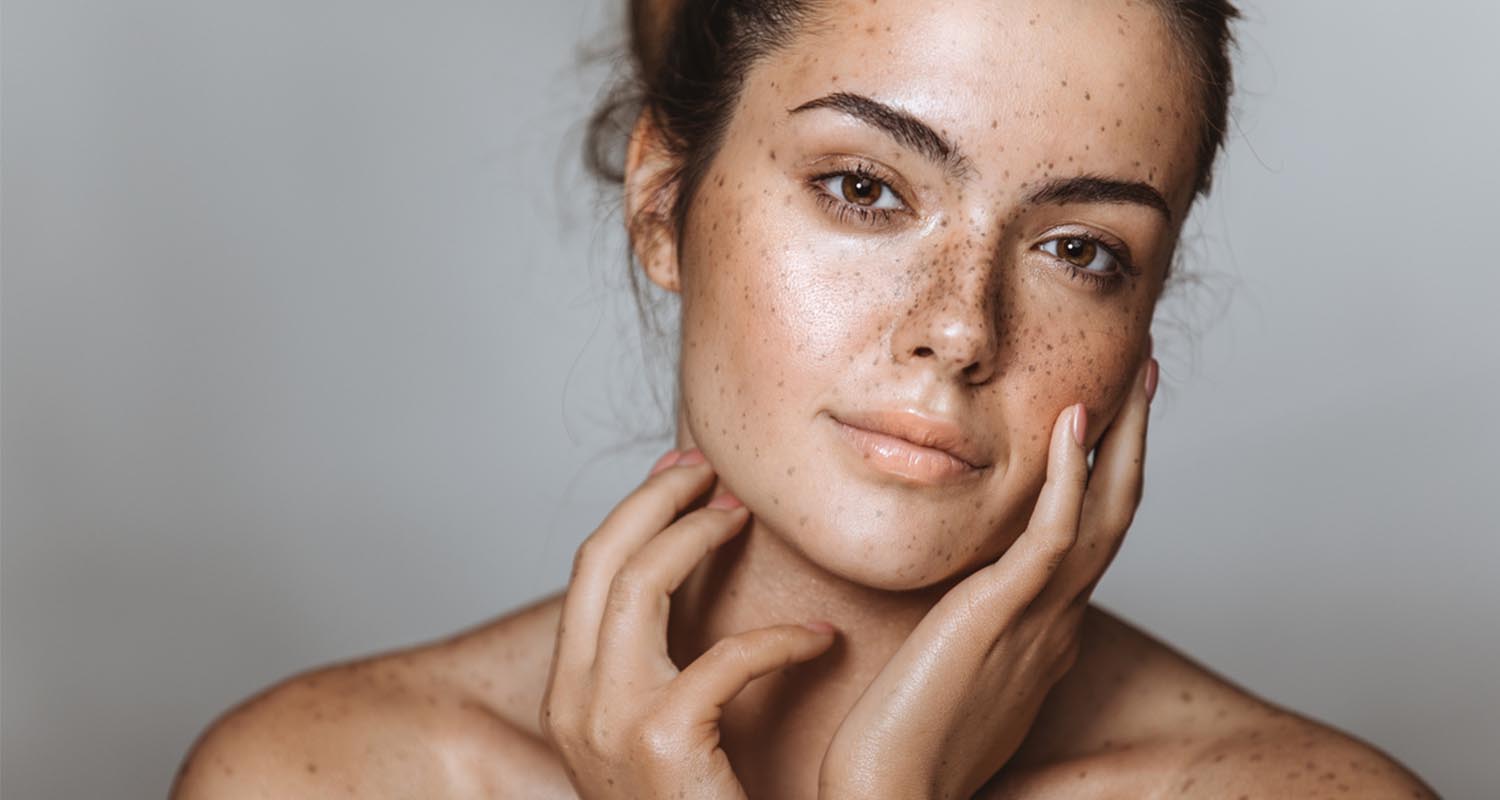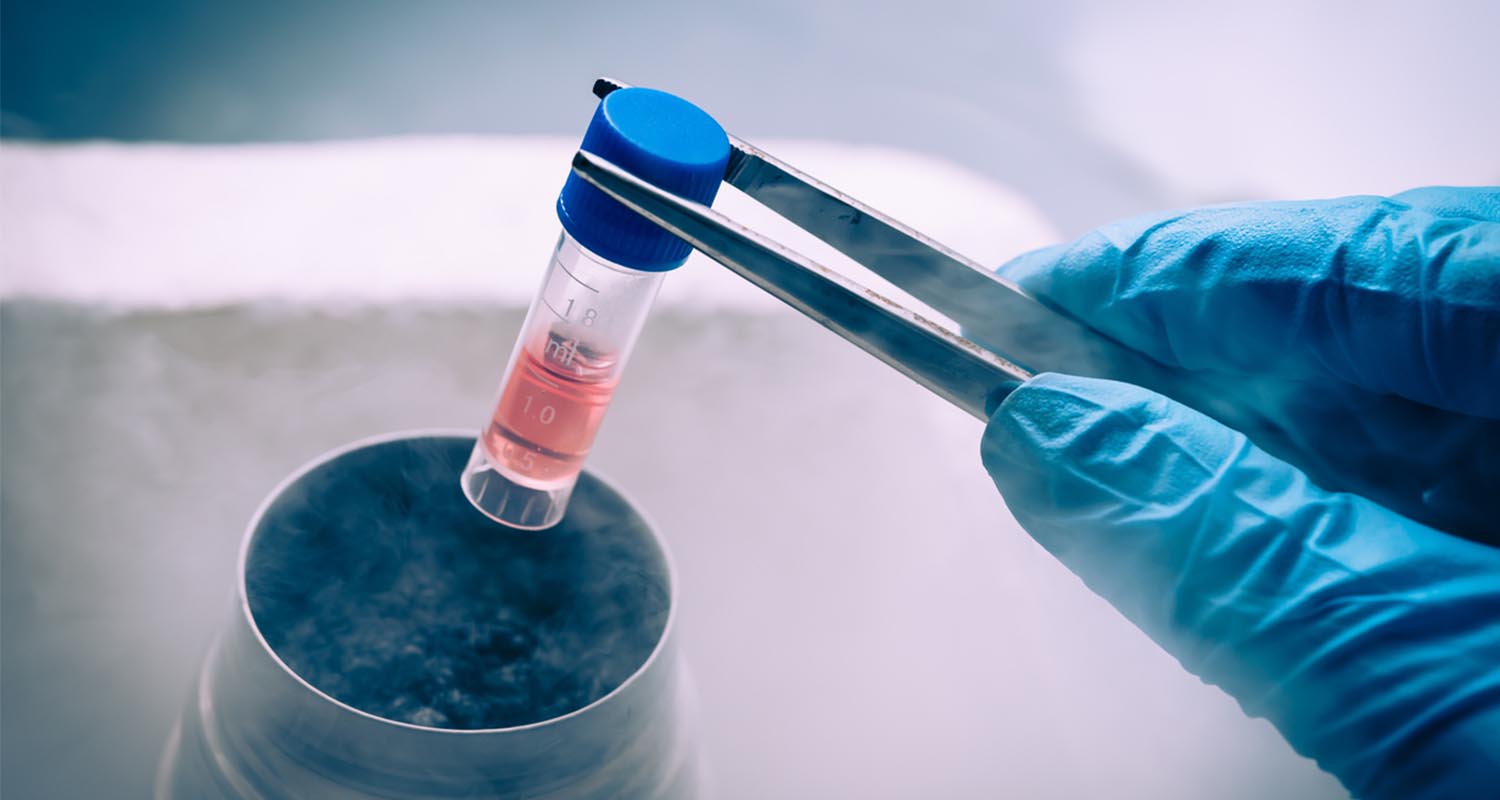In this episode of Bulletproof Radio, my guest explores the underwater world as one of the greatest cave divers on the planet. She is considered this generation’s Jacques Cousteau. Canadian Jill Heinerth has gone into places in the world where no one had gone before.
“The adventure seeker, the novelty seeker, the sensation seeker isn’t necessarily risky in that foolish sort of way,” Jill says. “We’re not adrenaline seekers necessarily. It doesn’t mean we’re dangerous. It doesn’t mean were death-wish kind of thing. It just means we’re out and interested in stimulation, learning, curiosity, and new things.”
She’s dived deeper into caves than any woman in history and set a women’s world record for deep cave penetration. She became the first person to dive the ice caves of Antarctica, going further into an underwater cave system than any woman ever.
“When I do choose to take risks, I’m very, very careful about assessing risks, trying to prevent as many things that could go wrong, pre-visualizing what could happen underwater, and then ensuring that I have the right training, the right personnel, the right equipment, and redundancy with me, so that I can handle that worst case possible scenario,” Jill says.
She’s completed more than 7,500 dives in her career so far and says, “We are capable of so much more than we could possibly imagine.”
Considered a legend in the diving community, she’s spent more than three decades in submerged caves around the world partnering with National Geographic, NOAA, and various educational institutions and television networks worldwide. She’s also a writer and award-winning photographer and filmmaker who takes a keen interest in the health of our Earth’s oceans.
In recognition of her lifetime achievement, Jill was awarded the inaugural Sir Christopher Ondaatje Medal for Exploration. Established by the Royal Canadian Geographical Society in 2013, the medal recognizes singular achievements and the pursuit of excellence by an outstanding Canadian explorer. She also is the first Explorer in Residence for the society.
Jill says cave diving is “one of the most dangerous, yet exhilarating, pursuits in the world.” In our conversation, we talk about her adventures underwater and how her survival depends on how she balances risk, fear and the right amount of breathing.
“I’m scared all the time,” Jill says, “because I think being scared means that I care about the outcome.”
Enjoy the show!
Follow Along with the Transcript
A Lesson in Adventure Hacking- Step Toward Your Fear – Jill Heinerth – #663
Links/Resources
Website: intotheplanet.com
Facebook: facebook.com/jillheinerth
Twitter: twitter.com/jillheinerth
Instagram: instagram.com/jillheinerth
YouTube: hyoutube.com/user/JillHeinerth
Vimeo: vimeo.com/jillheinerth
Into The Planet Podcast: intotheplanet.com/podcast/
Key Notes
- Why Jill got interested in cave diving 00:04:15
- Jill is a hacker, at heart 00:06:00
- How do you face life or death situations? 00:07:45
- There are a lot of people who fear everything 00:09:45
- The importance of learning how to be calm (or not scared) 00:11:55
- Overprotection is a problem, especially with kids 00:18:30
- How to let go of fear so it doesn’t become trauma 00:21:00
- The DRD4-7R or “Wanderlust” gene and how it makes us seek adventures 00:24:00
- Jill’s most intense underwater experience 00:25:25
- “People think I am fearless, I am not!” 00:30:00
- Communicating while underwater 00:31:00
- Was it harder being a woman starting out in cave diving? 00:39:00
- An example of misogyny in Jill’s life 00:40:30
- Has diving changed your biology? 00:43:00
- What are the “bends?” 00:47:45
- How Jill fuels herself for cold water dives (hint: keto and breathing) 00:51:20
- Using a re-breather instead of a tank 00:54:00
- We are capable of so much more than we can imagine 01:00:50
- Are the oceans recoverable? 01:02:00
Go check out my new book “Super Human: The Bulletproof Plan to Age Backward and Maybe Even Live Forever“ and also “Game Changers“, “Headstrong” and “The Bulletproof Diet” on Amazon and consider leaving a review!
If you like today’s episode, check us out on Apple Podcasts at daveasprey.com/apple and leave us a 5-star rating and a creative review.


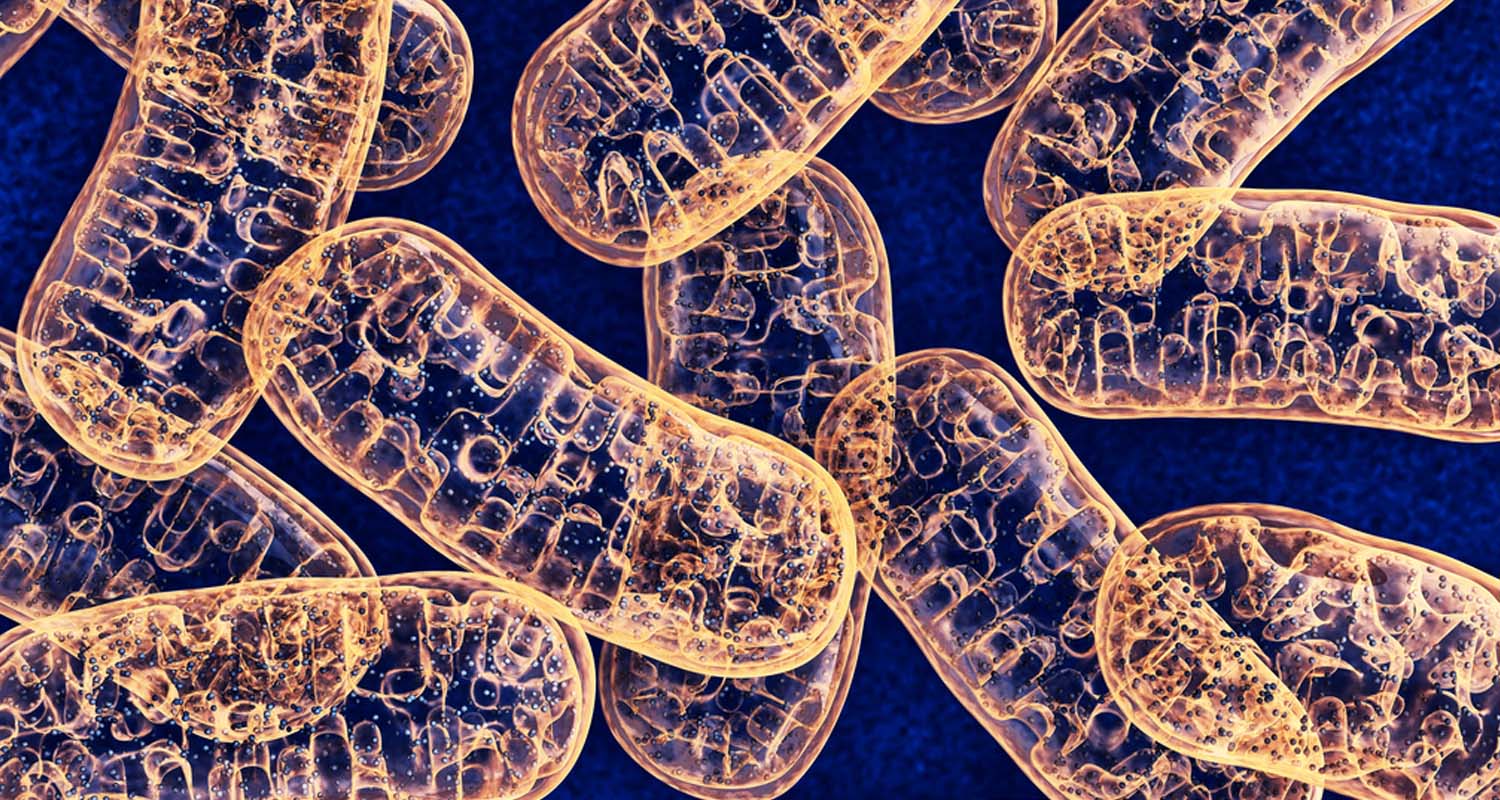 Natural light treatments supercharge the
Natural light treatments supercharge the  Seasonal affective disorder (SAD) is a type of depression
Seasonal affective disorder (SAD) is a type of depression 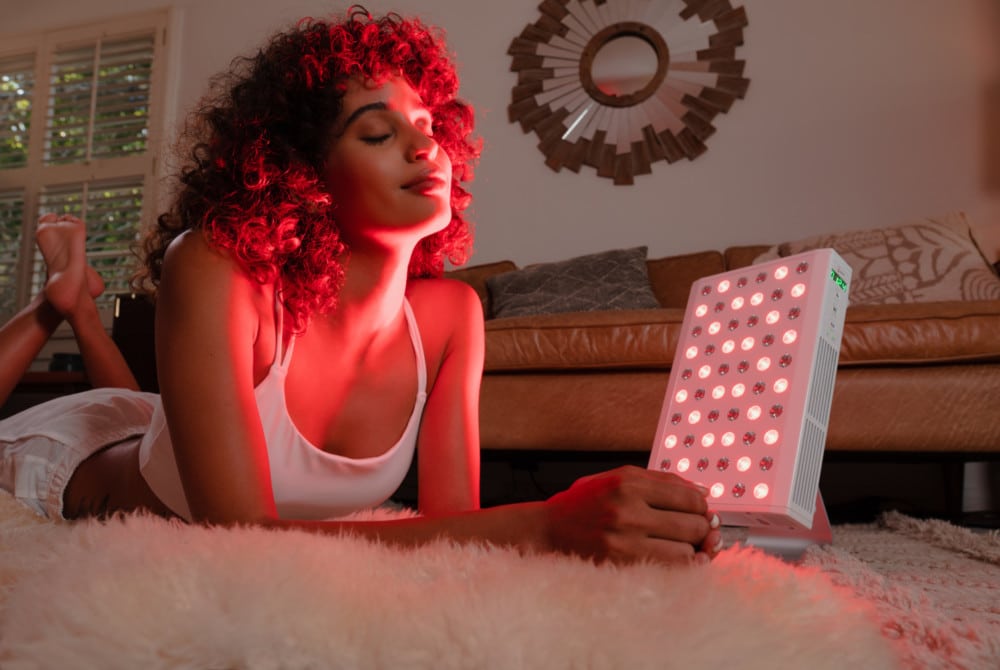 You’ve probably heard about “SAD lamps” that mimic the sun with bright, artificial light. These can really brighten a dark space and make it seem like there’s more natural light in your day, but ultimately this is still a hefty dose of blue light, which can throw off your circadian rhythm and cause fatigue and even damage to your delicate eye structures.
You’ve probably heard about “SAD lamps” that mimic the sun with bright, artificial light. These can really brighten a dark space and make it seem like there’s more natural light in your day, but ultimately this is still a hefty dose of blue light, which can throw off your circadian rhythm and cause fatigue and even damage to your delicate eye structures. In 2018, a team of mental health researchers conducted the Elated 2-pilot Trial.[ref url=”https://www.ncbi.nlm.nih.gov/pubmed/30346890″] This groundbreaking study tested the effects of “transcranial near-infrared light therapy,” which is natural light that’s shined on a person’s head. People with depression responded extremely well to eight weeks of natural light treatments. These are the major findings of the trial:
In 2018, a team of mental health researchers conducted the Elated 2-pilot Trial.[ref url=”https://www.ncbi.nlm.nih.gov/pubmed/30346890″] This groundbreaking study tested the effects of “transcranial near-infrared light therapy,” which is natural light that’s shined on a person’s head. People with depression responded extremely well to eight weeks of natural light treatments. These are the major findings of the trial: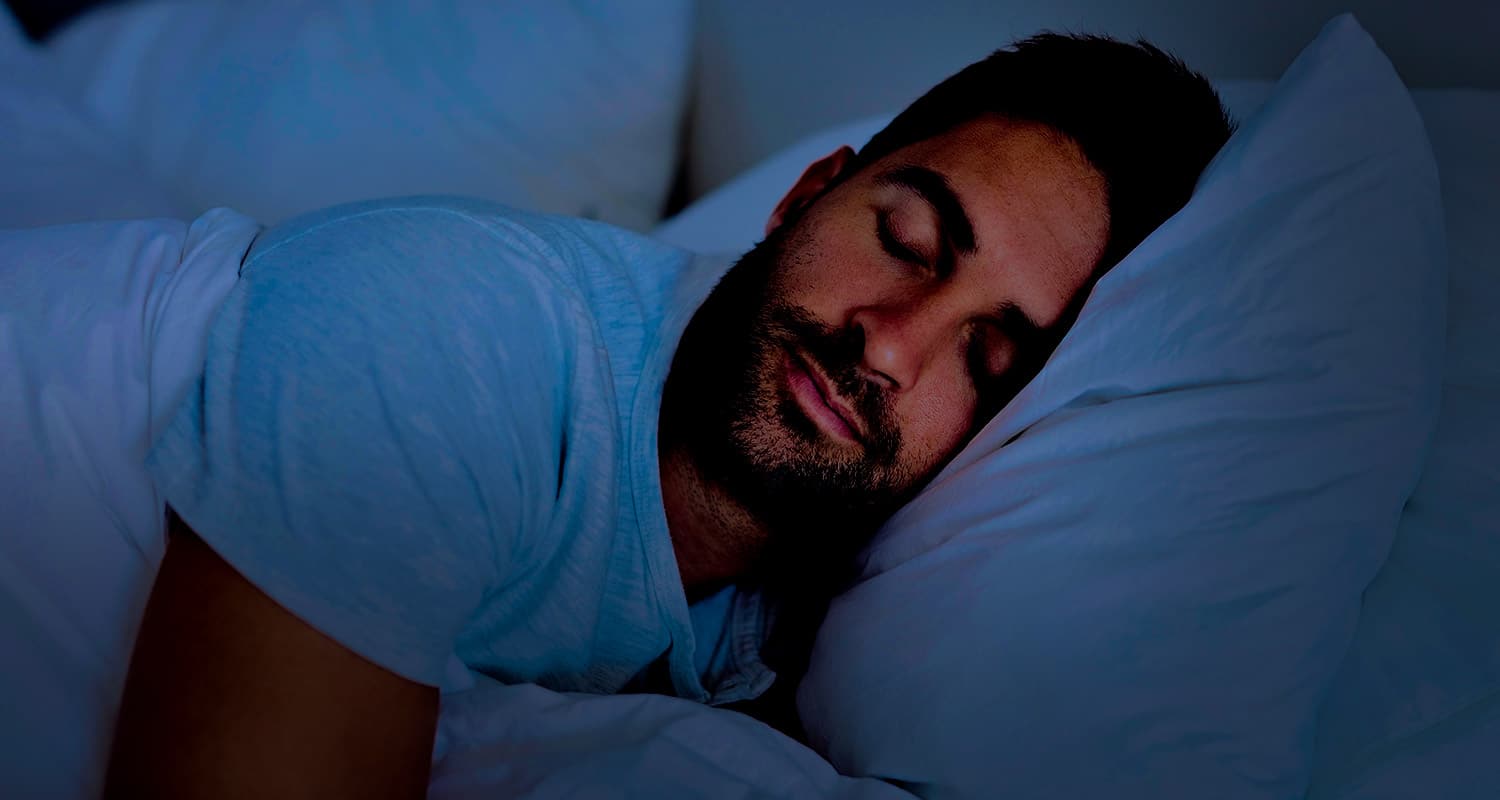 Sleep is a big topic of conversation, because it’s so fundamental to our health and function, and because nearly everyone has had trouble sleeping at one time or another. In,
Sleep is a big topic of conversation, because it’s so fundamental to our health and function, and because nearly everyone has had trouble sleeping at one time or another. In, 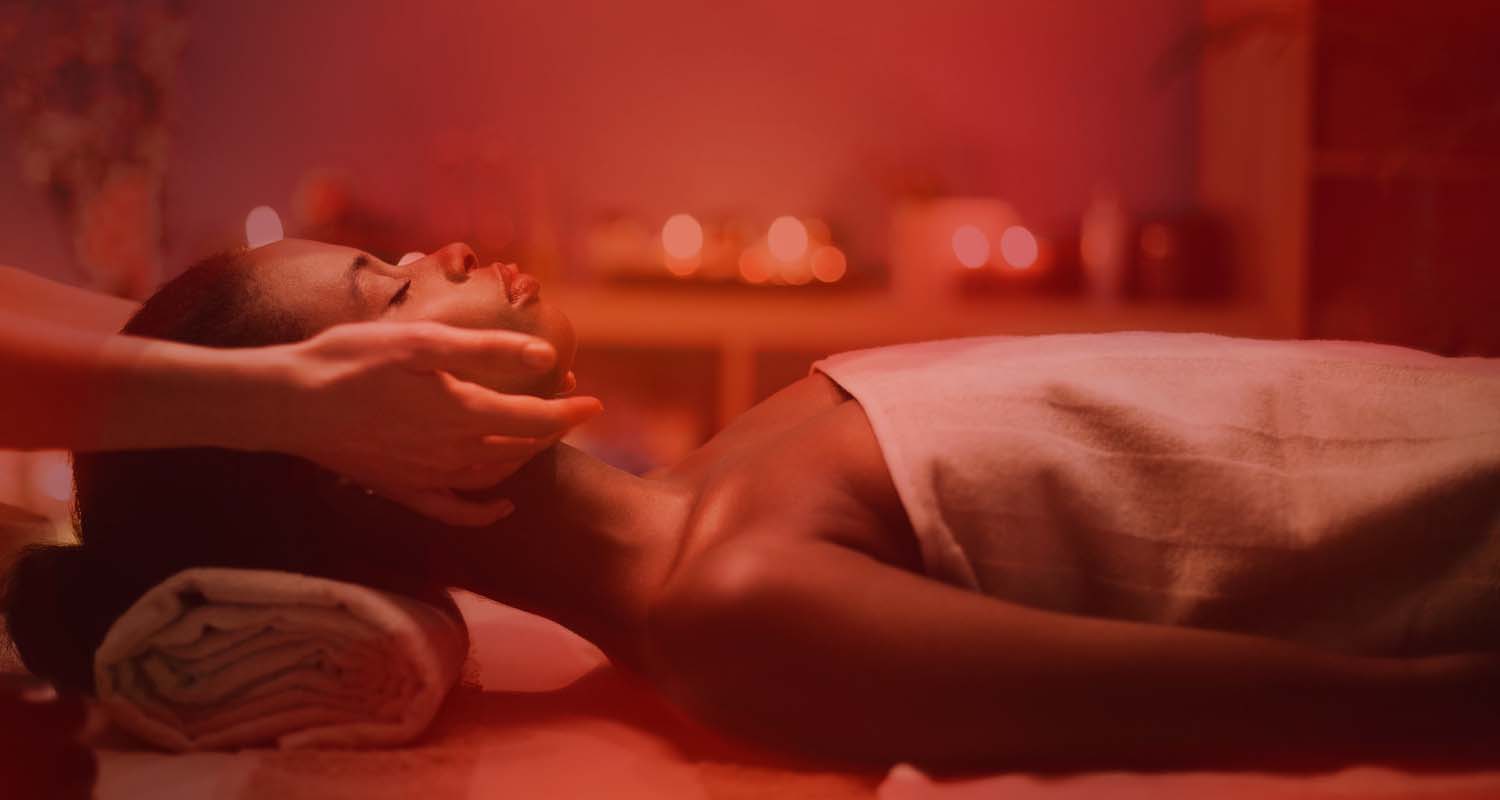 One the most noticeable benefits people report from red light therapy sessions is a great night’s sleep. Red light therapy has also been found to work wonders for the treatment of sleep disorders.
One the most noticeable benefits people report from red light therapy sessions is a great night’s sleep. Red light therapy has also been found to work wonders for the treatment of sleep disorders. More studies on red light therapy and mental health will be out in the coming years, and the early signs are positive. Because red light therapy is safe and natural, there isn’t much risk of trying it for seasonal light problems. Even if you just have a natural light deficiency (many Americans do), adding 10-15 minutes of red light therapy per day can kickstart your energy production and have a wide range of health benefits, like sleep and performance.
More studies on red light therapy and mental health will be out in the coming years, and the early signs are positive. Because red light therapy is safe and natural, there isn’t much risk of trying it for seasonal light problems. Even if you just have a natural light deficiency (many Americans do), adding 10-15 minutes of red light therapy per day can kickstart your energy production and have a wide range of health benefits, like sleep and performance.